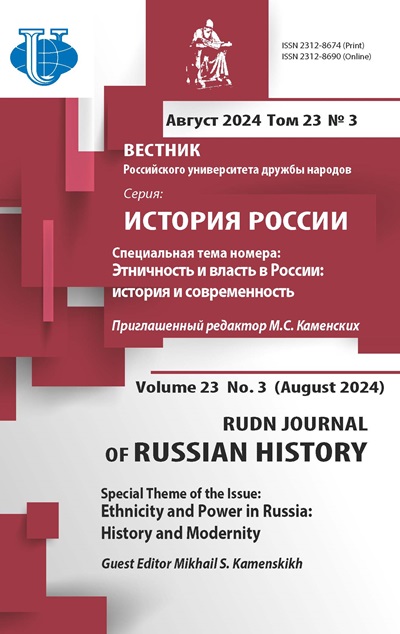NATURE AND DRIVING FORCES OF STRIKE MOVEMENT IN MOLDOVA IN LATE 1980S
- Authors: Slobodyanuk G.E.1
-
Affiliations:
- Pridnestrovian State University named after T.G. Shevchenko
- Issue: Vol 15, No 3 (2016)
- Pages: 23-35
- Section: ARTICLES
- URL: https://journals.rudn.ru/russian-history/article/view/14371
Cite item
Full text / tables, figures
Abstract
The article discloses the nature and driving forces of the republican protest strike movement in Moldova in the period of perestroika reformsand its impact on the emergence and development of the civil conflict,which became the catalyst for the territorial division of the republic and the creation of the self-proclaimed Transnistrian statehood.In the article there is presented the analysis of the process of formationand activity of the strike movement. The author shows that the United Council of LabourUnionswas the initiator, organizer and the main acting force of the protest of the workers' movement, defending the civil and constitutional rights of the Russian-speaking population of the Transdnistrian region of the Moldavian SSR. The article allows getting an idea of the ways and methods of struggle of the working movement against the Soviet Moldavia nationalist representatives of the Popular front, which operated on the territory of the republic of Moldova. Particular attention is paid to the reasons of occurrence and major activities of the strike movement.Moreover, there are analyzed the consequences of these actions for the further political development of Moldova.
About the authors
Galina Evgen'evna Slobodyanuk
Pridnestrovian State University named after T.G. Shevchenko
Email: slobodyanyuk-1979@mail.ru
25 October st., 128, Tiraspol, Transnistria (Moldova), 3300
References
















